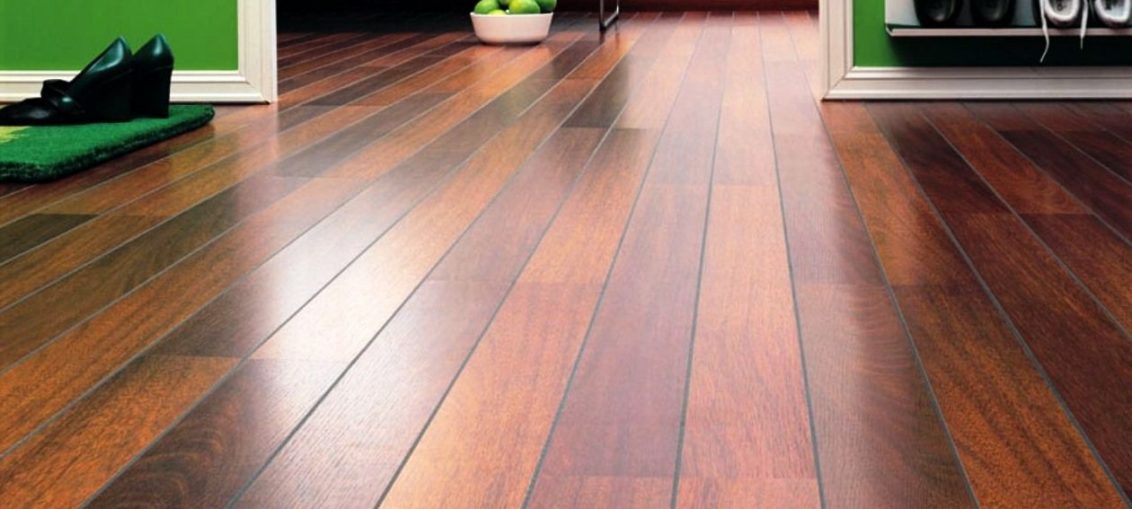
Finding the cheapest tile and best looking is not always the way to go when you decide to tile your floor. There are a number of factors which should first be taken into consideration before you rush out and buy something, so here I hope to explain and give you an insight into the various types of floor tiles available which could be most suitable for your skills and particular application.
Starting with the most basic and common of all, ceramic tiles are certainly a great all-rounder suitable for most indoor applications, be it either for floor or wall. Their popularity is defined by them as being an inexpensive and easy to work with option when floor tiling, but like all things they do have some drawbacks.
Ceramic tiles are basically made of compressed clay with a pattern added, which is then sealed topside with a hardened gloss film giving them a distinctive glaze. They are quite durable and resilient, however compared to other tile styles can be easily chipped and broken. This is easily seen by the use of a tile breaker tool which can only be used with ceramic tiles as a fast method of cutting them in straight lines. A wheel is used to score the glaze on the tile, and then with applied pressure can break it into two pieces. Very similar to cutting glass, and if you get a shard from a broken tile stuck in your finger you can find it just as sharp. But they are as good as Engineered Parquet Flooring in design and stability.
These tiles are impractical for commercial applications where they can be more easily prone to damage, but are ideal for use in the home, especially in the bathroom and kitchen. Another drawback is there exact sizing. If you choose to pay less for low-end tiles, then you’ll obviously get poorer quality manufactured floor tiles. They could vary in size by up to 1/8″ of a difference, and this discrepancy of dimensions can really throw your grout lines way off if you’re not too careful.
On the plus side though, they are lightweight to work with, very waterproof so long as the glaze has not been chipped thus exposing the bare clay, and they are very easy to wipe clean. An ideal tile to start with for the beginner in floor tile laying, and can be reasonably cheap to allow a window for error when tackling your first floor tile project.
